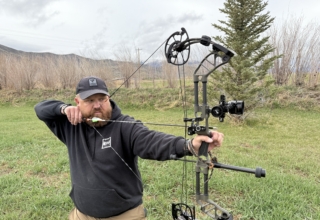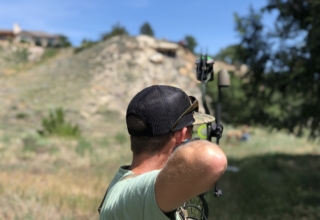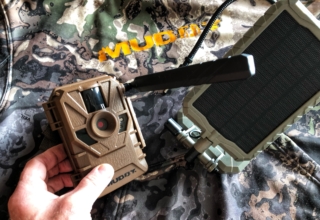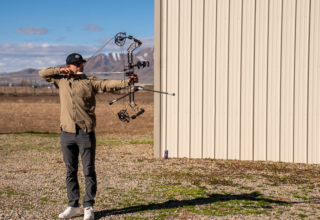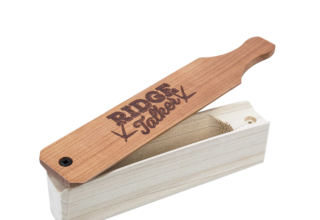Bowhunters are curious about arrows. They should be. Arrows have come a long way. There are many questions bowhunters have when it comes to deciding on arrow choice, finished grain weight, etc. Here are some answers to those questions.
by Jace Bauserman
Arrow options were few and far between when I started my bowhunting career 25-plus years ago. My, how times have changed. Today, arrow options are many. Not only are arrow options many, but so are arrow-building components. Every archer can customize their shaft, from nock collars to various insert styles in differing grain weights to numerous vane options.
Is this good?
Absolutely!
However, with options come choices, and with choices comes stress. Between Instagram, Facebook, email, and seminars this year alone, I answered 112 questions about arrows. Many were the same or at least similar.
I fancy myself an arrow guru, and with two and a half decades of stick-and-string experience, I’ve learned a lot about aluminum and carbon projectiles. Before I list the most popular 2024 arrow questions and answers I have to them, please remember one thing: Archery and bowhunting are supposed to be fun. Stop micro-analyzing your arrow setup. If you’re pulling out eyebrows trying to decide if you want a 427.5 or a 433.5- grain finished arrow, you’re overthinking it.
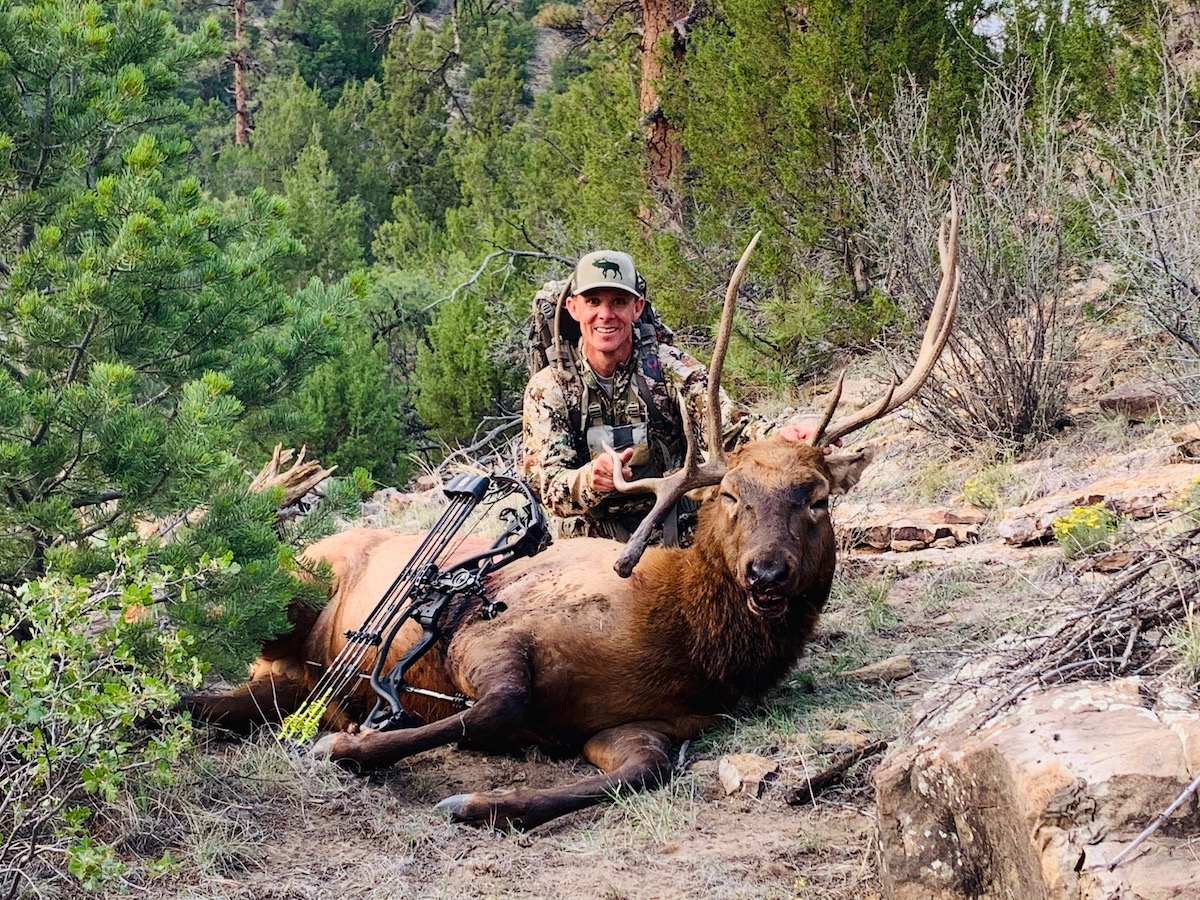
No, I’m not saying arrow choice and build aren’t essential. They are. However, there will virtually be ZERO difference between these two grain-weigh arrows unless the builder goes with vastly different fletching angles and orientations or dramatically alters the front or back weight between the two.
I switch arrows a lot. Why? Testing, mostly. And, oddly enough, it’s my job to tinker with new-for-the-year flagship arrows. However, just because I switch arrows doesn’t mean I stray from what I’ve learned.
Spoiler alert: My finished arrows for the past five hunting seasons have been between 407 and 420.2 grains. For the past two seasons, the number of vanes I use on each arrow has remained the same, as has the degree of right helical. My insert of choice, though Easton’s Half-Out inserts are available in multiple metals and grain-weight options, is the same.
Why?
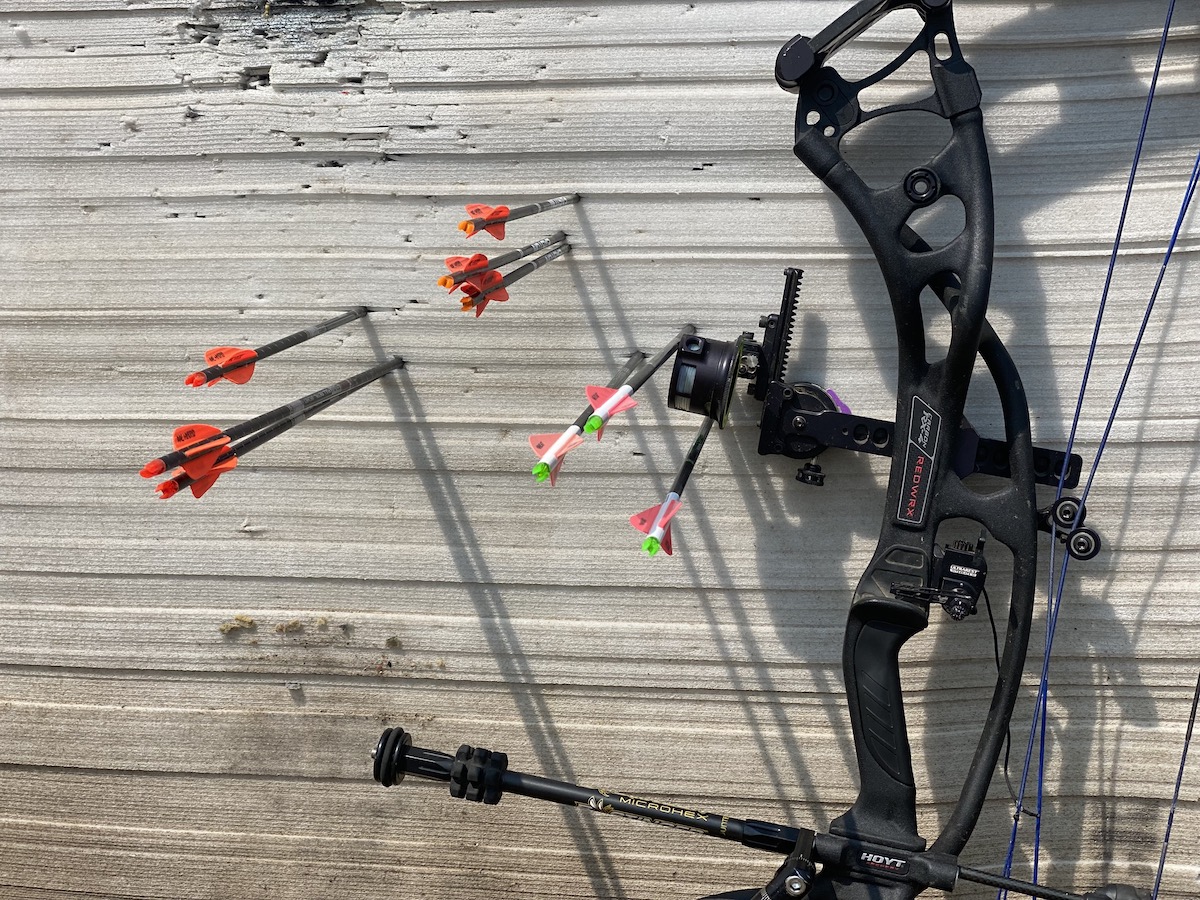
Because my finished arrow grain weight and overall build give me bowhunting confidence. I can stack arrows in the vitals of 3-D targets from 130 yards. My arrows fly quietly and have enough speed. My arrows KILL. I’ve shot everything from bull elk to Rocky Mountain Big Horn Sheep, black bears, and feral hogs with SEVR-tipped arrows weighing between 407 and 420.2 grains.
ARROW FAQ’S
How vital is arrow speed?
I like arrow speed. A fast-moving arrow allows for flatter shooting and improves bowhunters’ margin of error. For example, if a bowhunter ranges a bull elk at 32 yards, and suddenly the bull spooks and runs back a few yards, the bowhunter doesn’t have time to range the elk again. Instead, the bowhunter must guess the yardage. If the bowhunter is “off” with their yardage, a faster arrow will make up for some of that error.
However, be SMART about speed. I pull 70 pounds of draw weight, which means the minimum grain weight I can safely shoot is 350 grains. I will not shoot an arrow this light. Testing has proven that though a 350-grain arrow powered by a 70-pound draw-weight compound bow is fast, it is less accurate, noisier in flight, is more affected by crosswinds, and lacks penetration power.

For the sake of this article, I built a 350.5-grain arrow. That arrow produced a three-shot FPS average of 314.2 when shot from my Hoyt RX-9 Ultra set at a measured draw weight of 68.98 pounds and a draw length of 28.75 inches. My 417.6-grain Easton X10 Parallel Pro produces an average FPS of 288 fps. However, the 417.6-grain arrow is quieter in flight, reduces wind drift for improved downrange accuracy, and hits like a ton of bricks. Make no mistake, 288 fps is still a swift arrow.
What is the best option if I want to go with a lightweight arrow?
I highly recommend Easton’s new-for-2025 5.0 if you put a premium on what the chronograph screen says.
I like the 5.0 because, though it’s lightweight, it’s easily customizable. Recently, I built some 5.0 shafts with a finished weight of 360.1 grains. They were fast and flew remarkably well. Then, I added the HIT Insert Collars, which boosted the arrow weight to 380.23 grains. With this arrow setup, I got terrific speed and excellent downrange accuracy in a shaft that produced solid downrange energy. I used the included 16-grain 5MM HIT Insert, which comes with the 5.0 Match Grade shafts. However, I could easily add 34 grains by replacing the 16-grain 5MM HIT Insert with Easton’s new 50-grain steel one-piece Half-out.

What is the advantage of shooting a super-heavy arrow?
Like going light, going heavy is all relative. For example, I consider a heavyweight arrow for my draw weight to be over 480 grains. However, a 420-grain arrow is heavy for an archer pulling 45 pounds shooting a 500-spine arrow with a grain-per-inch rating between 5.9 and 6.2.
Heavyweight arrows do have some advantages. First, the arrows are super quiet in flight. Second, with enough speed behind the arrow, penetration on big-game animals is significantly boosted if the broadhead hits bone. Heavyweight arrows also reduced horizontal drift in crosswinds.
I don’t love heavy arrows’ significant loss of speed. As a Western bowhunter, my average shot distance is longer than that of bowhunters who specifically target whitetails, turkeys, and black bears. I prefer an arrow that gets from the string to the vitals faster and still kills like crazy.
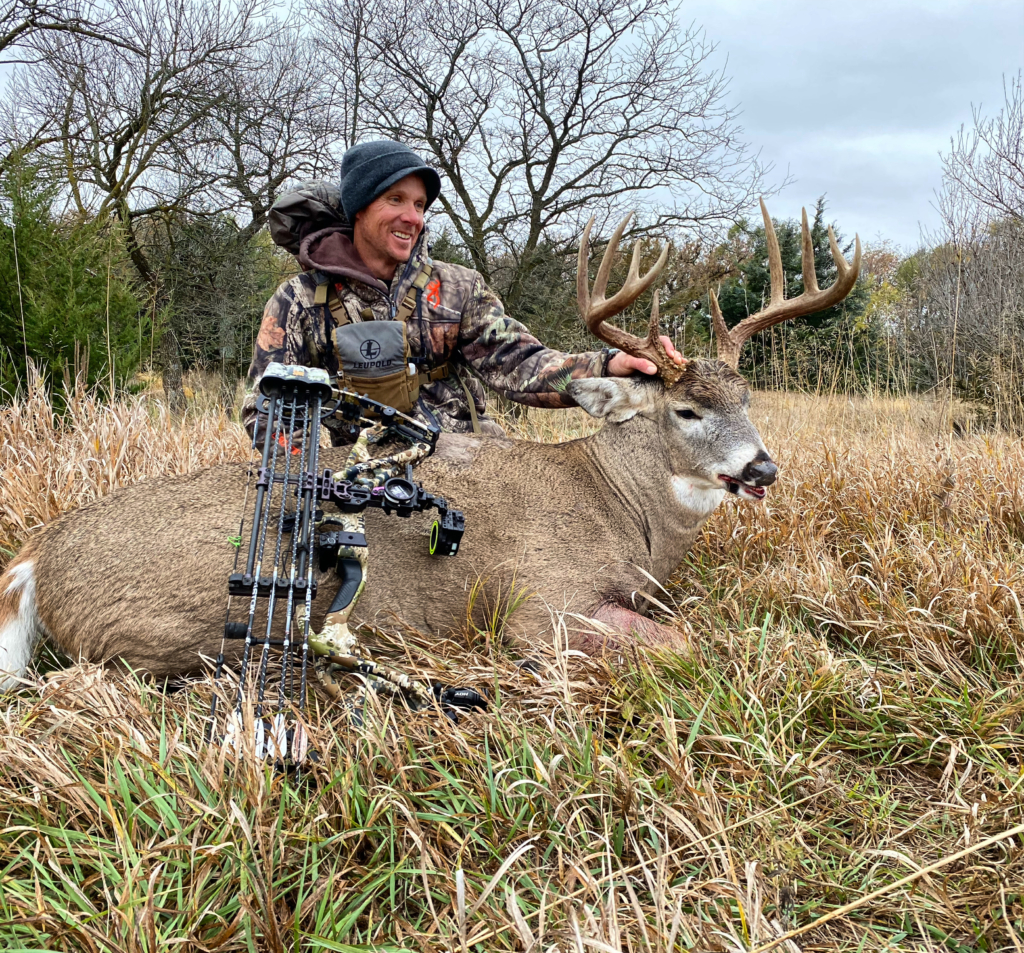
If you want to go the heavy route, I recommend Easton’s FMJ line. When I shoot FMJs, I drop the spine size from an 11-grain-per-inch 340 spine to a 9.8-grain-per-inch 400 spine. I do this to reduce weight, but again, if your goal is heavy, the FMJ is the way to go. I prefer the 4MM FMJ Match Grade, which comes in multiple spine sizes and allows the archer to choose from various Half-Out install options like the 100-grain Titanium/Steel or 150-grain Steel-Steel.
Though I haven’t tested Easton’s newest FMJ member—the 5MM FJM Max—the arrow is receiving rave reviews. The significant difference between the Max and standard FMJs is the GPI. Engineered to be versatile, the FMJ Max line has a lower grain-per-inch rating. For example, my 4MM FMJ Match Grade 340 spine arrows have a GPI of 11.0. The 5MM FMJ Max 340 spine arrows have a GIP of 9.8. The shafts also utilize Easton’s all-new 5mm Microlite Nock System. The new nocks have shorter ears and an improved throat design, which boosts shot-to-shot forgiveness and allows for improved tuning.
What arrow are you going to shoot this year?
While I may shoot Easton’s 5.0 and FMJ Max arrows this spring and fall, the finished weight of both arrows will be between 416 and 420 grains. This is the middleweight arrow class, and this is where I live. Like a middleweight boxer with lightning-fast hands that deliver fierce knock-out blows, middleweight arrows provide speed, accuracy, and remarkable killing power.
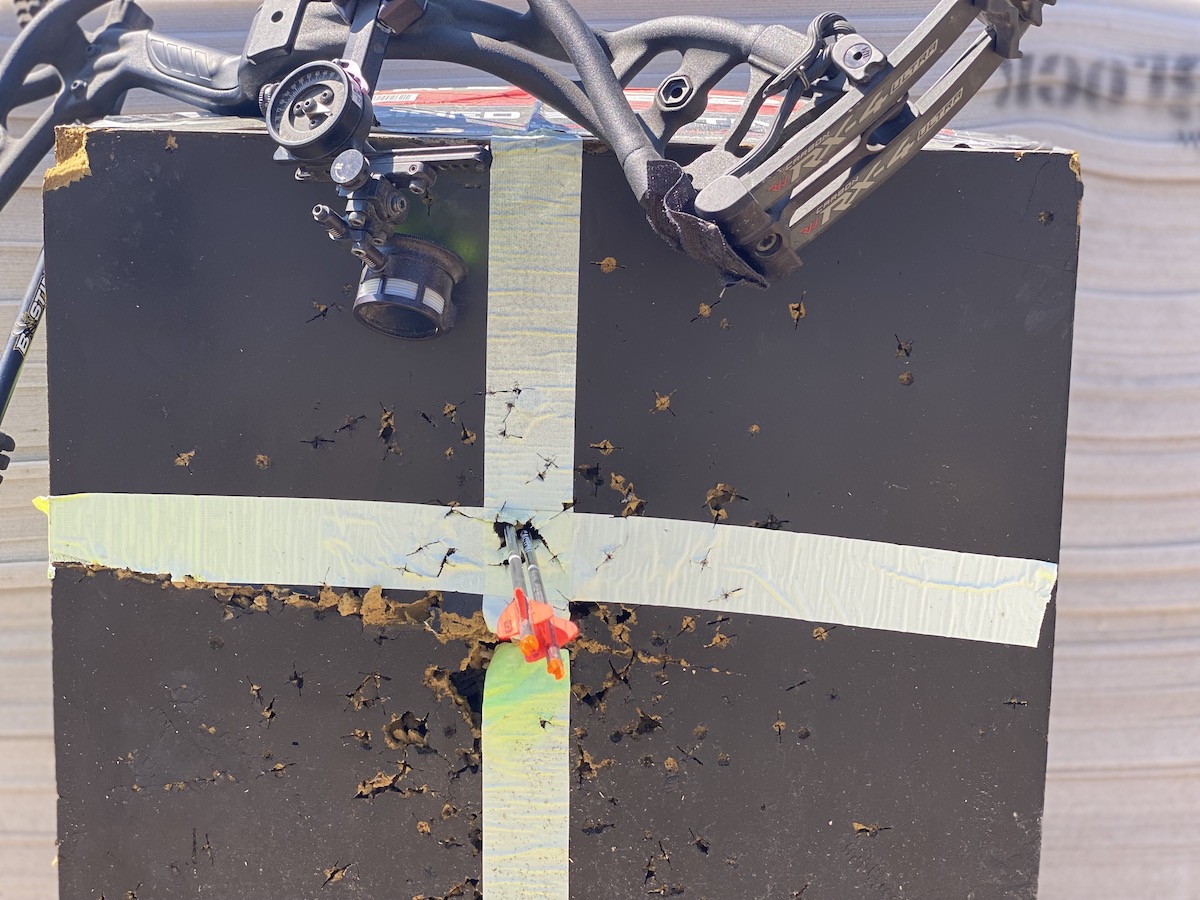
My go-to arrows, though, because bowhunting is about confidence and consistency, will be Easton’s 4MM Long Range Axis and X10 Parallel Pro shafts tipped with SEVR’s Ti 1.5 4-Blade Hybrid.
Final Thoughts
You decide what arrows you shoot and how you build or have those arrows built. My primary advice is to STOP overthinking it once you find an arrow build (grain weight, diameter, nock style, vane number, vane orientation) that works for you, stick with it.

